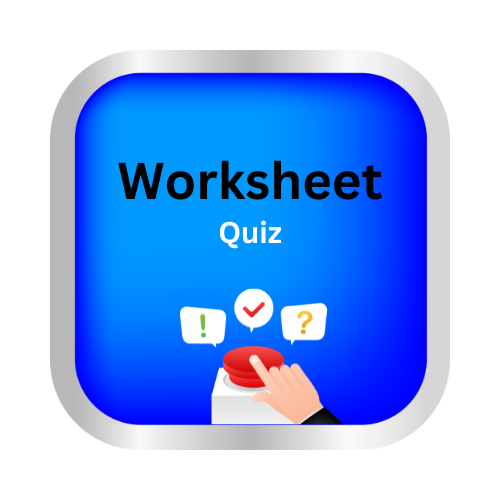Identify adverbs
Key Notes:
🌟 Identify Adverbs 🌟
| What is an Adverb? |
An adverb is a word that describes or gives more information about a verb, an adjective, or another adverb.
It tells us how, when, where, or to what extent something happens.
Example:
- She runs fast. 🏃♀️💨 (How?)
- He arrived yesterday. 🕒 (When?)
- The cat is sitting outside. 🐱🌳 (Where?)
- She sings very beautifully. 🎤🎶 (To what extent?)
| Types of Adverbs |
| Type | Question it answers | Example |
|---|---|---|
| Manner | How? | He speaks clearly. 🗣️ |
| Time | When? | I will call you tomorrow. 📞 |
| Place | Where? | We met here. 📍 |
| Frequency | How often? | She always smiles. 😊 |
| Degree/Intensity | To what extent? | The soup is too hot. 🍲🔥 |
| Purpose/Reason | Why? | He works hard therefore he succeeds. 💼🏆 |
| Common Clues for Adverbs |
Many adverbs end in -ly ✅
- quickly, softly, happily
Some adverbs do not end in -ly ❌
- yesterday, very, well, fast
Adverbs can move around in the sentence without changing the meaning much:
- Yesterday, I went to the park. 🌳
- I went to the park yesterday. 🌳
| How to Identify Adverbs |
Look for words that describe verbs:
- She ran quickly. 🏃♂️💨
Look for words that describe adjectives or other adverbs:
- He is extremely tall. 🏀
- She sings very beautifully. 🎤🎶
Ask these questions:
- How? When? Where? How often? To what extent?
| Examples with Emojis |
- The dog barked loudly. 🐶🔊 (How?)
- They visited the museum last week. 🏛️🗓️ (When?)
- I looked everywhere. 🔍🏠🌳 (Where?)
- She always helps others. 💖👩🏫 (Frequency?)
- He finished the work very quickly. ⏱️✨ (Degree?)
| Tips to Remember ✨ |
- Adverbs often answer questions: how, when, where, why, how often, how much.
- Not every word ending with -ly is an adverb (friendly 😊, lonely 😢 are adjectives).
- Adverbs can move in the sentence and still make sense.
Let’s practice!🖊️

